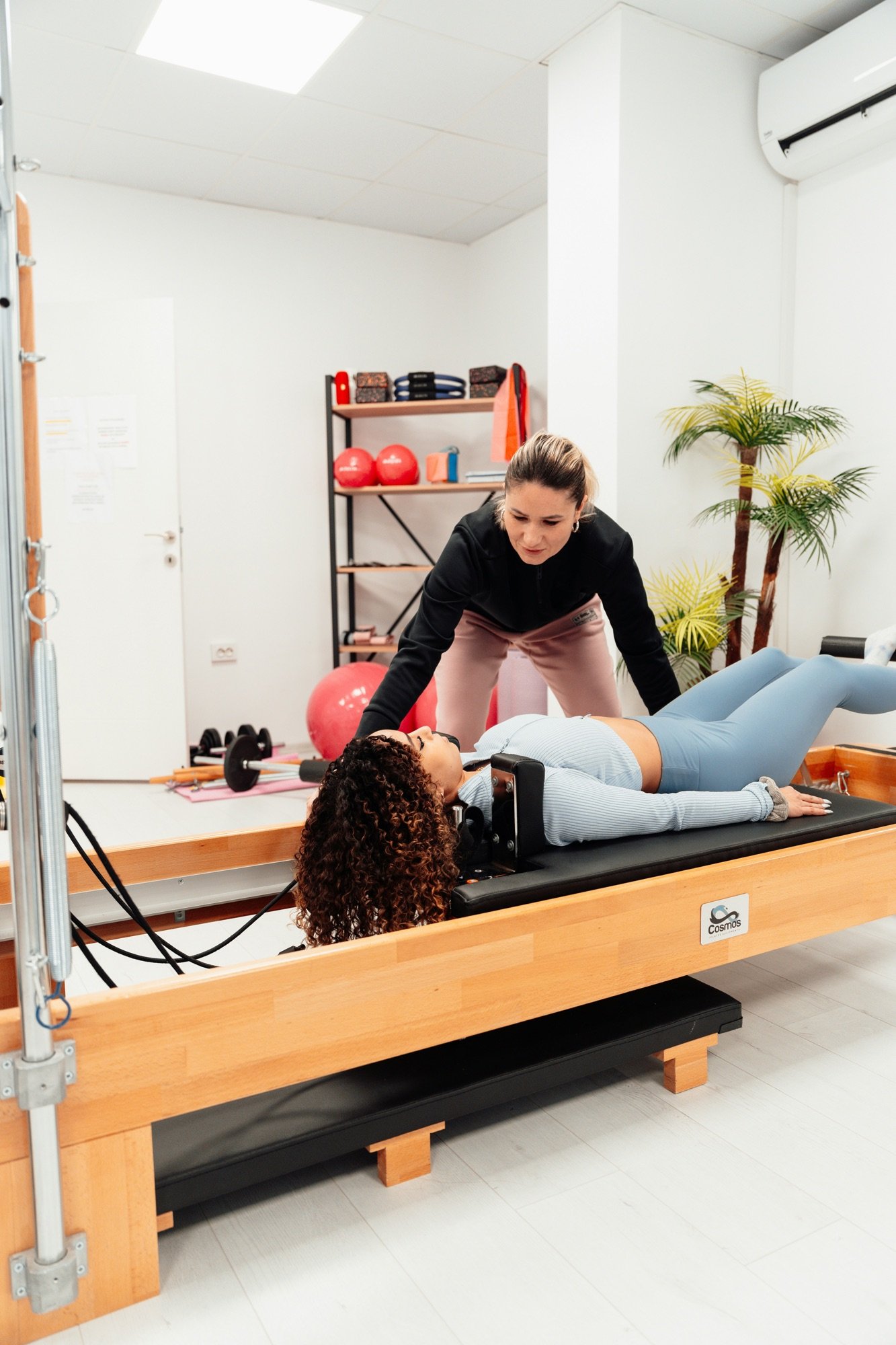Classical Pilates: The Foundation of the Method
Classical Pilates, also known as Traditional Pilates, is rooted in the original teachings of Joseph Pilates. This method emphasizes a rigorous adherence to a specific sequence of exercises designed to promote precision, control, and a deep connection between the mind and body. The history of Classical Pilates dates back to the early 20th century when Joseph Pilates developed this system to enhance physical fitness and rehabilitation. His philosophy centered around the belief that mental and physical health are interrelated, and this principle remains a cornerstone of the practice today.
The key principles of Classical Pilates—concentration, control, center, flow, precision, and breathing—are integral to every session. Concentration demands total mental focus on each movement, ensuring that every detail is executed with intention. Control refers to the mastery over muscles to perform movements accurately. The center, often termed the “powerhouse,” includes the core muscles of the abdomen, lower back, hips, and buttocks, and is the focal point of all exercises. Flow ensures that movements are performed in a smooth, continuous manner, enhancing the efficiency of each exercise. Precision involves performing exercises with exactness to maximize their effectiveness. Breathing is synchronized with movement to facilitate oxygen flow and enhance muscular performance.
A typical Classical Pilates session is structured to include both mat and apparatus work. Mat exercises use the body’s own resistance, while apparatus work involves equipment like the Reformer, Cadillac, and Wunda Chair to provide additional resistance and support. This combination helps build strength, flexibility, and overall body awareness. Each session follows a set sequence, allowing practitioners to develop familiarity and mastery over time.
The benefits of Classical Pilates are numerous. It helps improve posture, increase core strength, and enhance flexibility. Additionally, it fosters a heightened sense of body awareness and mental concentration. However, the structured nature of Classical Pilates might be a drawback for those who prefer variety in their workouts or who are looking for a more relaxed approach. Individuals who benefit most from Classical Pilates are those who appreciate a disciplined, methodical practice and are seeking a deep, holistic connection between mind and body.
Contemporary Pilates: Modern Adaptations and Innovations
Contemporary Pilates represents a dynamic evolution of the original Pilates method developed by Joseph Pilates. This modern adaptation integrates contemporary principles of exercise science and biomechanics, allowing for a more flexible and varied approach to practice. One of the most notable differences between Contemporary and Classical Pilates is the former’s emphasis on personalized modifications and the incorporation of diverse equipment.
In Contemporary Pilates classes, instructors often tailor exercises to meet individual needs, making it accessible to people of different fitness levels and goals. This customization is particularly beneficial for individuals recovering from injuries or those seeking specific functional fitness improvements. Instructors might use various pieces of equipment such as reformers, stability balls, resistance bands, and foam rollers to enhance and modify exercises, providing a comprehensive and adaptable workout experience.
A significant aspect of Contemporary Pilates is its integration of elements from other fitness disciplines, such as physical therapy, strength training, and yoga. This multidisciplinary approach not only broadens the scope of Pilates but also enriches the practice with diverse techniques and benefits. For instance, the inclusion of strength training principles can aid in muscle building and toning, while yoga elements may enhance flexibility and mindfulness.
Within the realm of Contemporary Pilates, several distinct styles have emerged, each with its unique approach and focus. Stott Pilates, known for its emphasis on neutral spine alignment and rehabilitation, incorporates modern anatomical knowledge to refine traditional exercises. Balanced Body Pilates, on the other hand, offers a versatile range of equipment and training programs, promoting a holistic view of fitness. BASI Pilates combines precision and flow, emphasizing the importance of form and control in each movement.
The benefits of Contemporary Pilates are manifold. It can improve functional fitness, which is essential for everyday activities, and play a crucial role in injury prevention and rehabilitation. The adaptable nature of Contemporary Pilates makes it suitable for a wide demographic, from athletes seeking performance enhancement to seniors looking to maintain mobility.
Ultimately, those who might prefer Contemporary Pilates over the Classical method are individuals who value a personalized approach, enjoy variety in their workouts, and appreciate the integration of modern exercise science principles. Whether for rehabilitation, functional fitness, or overall well-being, Contemporary Pilates offers a versatile and effective path to achieving health and fitness goals.

